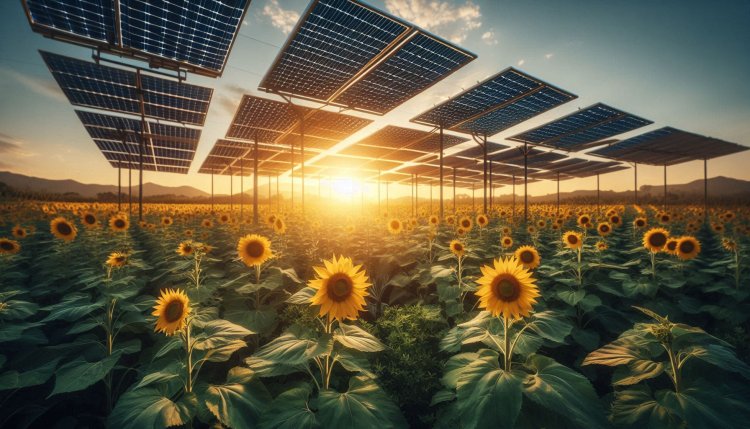The Future of Offshore Wind Energy
Discover the latest advancements and potential of offshore wind energy in this insightful guide. Learn about the future of sustainable power generation.

The Future of Offshore Wind Energy
Offshore wind energy is a rapidly growing sector in the renewable energy industry, with significant potential to contribute to global efforts to combat climate change. As technology advances and costs decrease, offshore wind farms are becoming increasingly attractive sources of clean, sustainable energy. In this article, we will explore the current state of offshore wind energy and its future prospects.
Current State of Offshore Wind Energy
Offshore wind farms are located in bodies of water such as oceans and seas, where strong and consistent winds make them ideal for generating electricity. The technology for offshore wind turbines has advanced rapidly in recent years, allowing for larger and more efficient turbines to be deployed in deeper waters.
Europe has been a leader in offshore wind energy, with countries like the UK, Germany, and Denmark investing heavily in offshore wind farms. In the US, states like Massachusetts and New York have also begun to develop offshore wind projects to meet their renewable energy goals.
Future Prospects of Offshore Wind Energy
1. Cost-Competitiveness
One of the key factors driving the future growth of offshore wind energy is the decreasing cost of installation and maintenance. As technology improves and economies of scale are realized, the cost of offshore wind energy is expected to continue to decline, making it more competitive with traditional fossil fuels.
2. Technological Advances
Ongoing research and development in offshore wind technology are leading to innovations such as floating turbines, which can be deployed in deeper waters where fixed-bottom turbines are not feasible. These technological advances are expanding the potential for offshore wind energy development in new regions around the world.
3. Environmental Benefits
Offshore wind energy has significant environmental benefits compared to fossil fuel-based power generation. It produces no greenhouse gas emissions or air pollutants, helping to reduce carbon emissions and improve air quality. Offshore wind farms also have minimal impact on land use and wildlife compared to onshore wind or other forms of energy generation.
4. Job Creation and Economic Growth
The growth of the offshore wind industry is expected to create thousands of jobs in manufacturing, installation, and maintenance of wind turbines and associated infrastructure. This will not only help to boost local economies but also contribute to the development of a skilled workforce in the renewable energy sector.
5. Energy Security and Independence
By diversifying their energy sources with offshore wind energy, countries can enhance their energy security and reduce reliance on imported fossil fuels. Offshore wind farms can provide a stable and reliable source of electricity, helping to stabilize energy prices and reduce vulnerability to supply disruptions.
Challenges and Considerations
While the future of offshore wind energy looks promising, there are challenges that need to be addressed to ensure its continued growth and success. These include concerns about the impact of offshore wind farms on marine ecosystems, potential conflicts with other ocean uses such as fishing and shipping, and the need for improved grid infrastructure to support the integration of offshore wind power into existing electricity systems.
Conclusion
Offshore wind energy has the potential to play a significant role in the global transition to a low-carbon economy. With ongoing technological advancements, cost reductions, and increasing support from governments and industries, the future of offshore wind energy looks bright. By harnessing the power of the wind at sea, we can create a more sustainable and resilient energy system for generations to come.
What's Your Reaction?

















